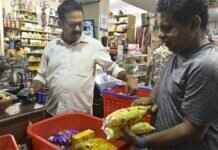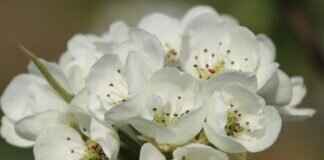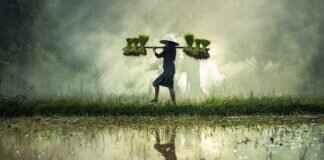As the sun rises over Addangi, a small village nestled in the Eastern Ghats of Srikakulam district, 23-year-old Savara Kalavathi begins her day. She enters a simple building with an asbestos roof, barefoot, and cleans the floor with dedication. Sprinkling cow dung water in the front yard, she then lights a brass lamp in a wall niche, closing her eyes in reverence. This daily ritual marks her role as a daasibo, a servant of god, in a unique religious order that worships the Savara language rather than idols. Kalavathi has been carrying out these duties for four years, ensuring the continuity of her people’s culture and memories.
Language Worship in Addangi: A Unique Tradition
Addangi, located between Chaaradi and Lalaada hills on the Andhra-Odisha border, is home to 56 families of the Particularly Vulnerable Tribal Group of Savara. Among them, 38 families follow the ‘Akshara Brahma’ religious order, worshipping their language as a deity. The temple walls are adorned with the names of days, months, and basic words in Savara, while a portrait of the 24 letters of the Savara alphabet hangs in a warm glow. Followers gather every Thursday for writing, reading, and singing sessions to honor their mother tongue, with the rest of the week dedicated to lighting lamps by the daasibos.
The Impact of Akshara Brahma on Savara Lifestyle
Akshara Brahma, introduced in Andhra Pradesh in the 1990s, has brought significant changes to the Savara way of life. Traditionally, festivals like Puli Panduga and Maamidi Panduga, which involved animal sacrifices, now forbid such practices. Instead, breaking coconuts has replaced the rituals, fostering cultural bonding and unity among the community. The religious order emphasizes promoting the Savara script and language, passing on tribal wisdom to future generations. Despite challenges like the extinction of Edisinge, a unique wall art form, the Savara people are determined to preserve their culture through language worship and educational initiatives.














